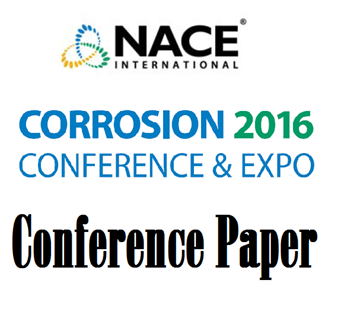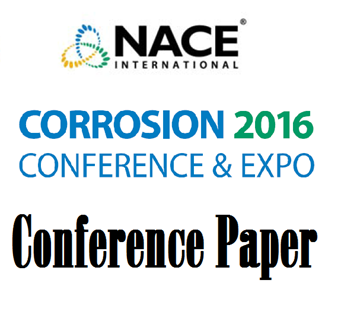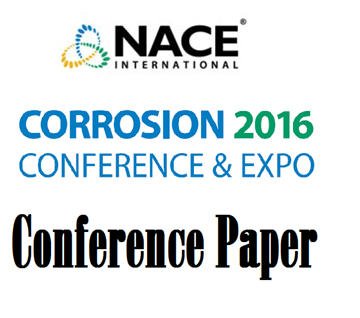Search
51316-7366-Detailed Metal Loss Assessment of In-line Inspection (UT) Raw Data for Offshore Pipelines
Also Purchased
51316-7347-Quantifying the Risk of MIC
Product Number:
51316-7347-SG
ISBN:
7347 2016 CP
Publication Date:
2016
$20.00
51316-7357-The Microbiologically Influenced Corrosion (MIC) Resistance Behavior of 2205 Cu-bearing Duplex Stainless Steel in the Presence of Aerobic Marine Pseudomonas Aeruginosa Biofilm
Product Number:
51316-7357-SG
ISBN:
7357 2016 CP
Publication Date:
2016
$20.00
51316-7361-Corrosion Behavior of Duplex Stainless Steel UNS 31803 in Artificial Geothermal Waters
Product Number:
51316-7361-SG
ISBN:
7361 2016 CP
Publication Date:
2016
$20.00




